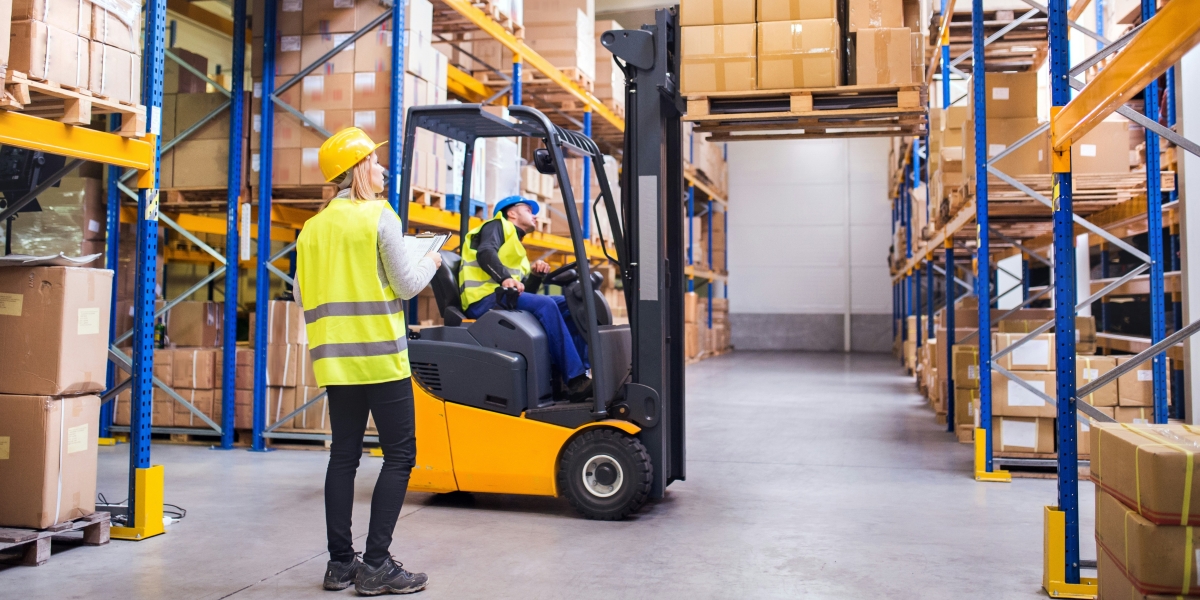Travel photography has changed dramatically in recent years. Where travelers once carried bulky DSLR cameras with multiple lenses, many now rely solely on their smartphones. This shift raises an important question: do traditional cameras still offer enough advantages to justify the extra weight and cost, or have smartphones become good enough for most travel photos?
The Case for DSLR Cameras
DSLR cameras still outperform smartphones in several key areas that matter to photography enthusiasts. The larger sensors in DSLRs capture more light, resulting in better image quality, especially in low-light conditions like sunset shots or indoor photography. This difference becomes obvious when printing large photos or cropping images tightly – DSLR photos maintain clarity where smartphone images often become grainy.
Another advantage is lens flexibility. While smartphone cameras now offer multiple lenses, they can’t match the variety available for DSLRs. A traveler with a DSLR can switch between wide-angle lenses for landscapes, telephoto lenses for wildlife, and fast prime lenses for portraits. This versatility allows for more creative control over composition and focus that smartphones struggle to replicate.
Manual controls represent another area where DSLRs excel. Serious photographers appreciate being able to manually adjust shutter speed, aperture, and ISO for precise creative effects. Want to blur a waterfall with a slow shutter speed or isolate a subject with a shallow depth of field? These techniques are easier and more effective with a DSLR than with smartphone camera apps that simulate these effects digitally.
Why Smartphones Are Winning Over Many Travelers
For most casual photographers, smartphones now offer more than enough quality with none of the hassle. The latest smartphone cameras produce excellent results in good lighting conditions, and computational photography features like night mode have significantly improved low-light performance. The convenience factor is hard to beat – your phone is always in your pocket, ready to capture spontaneous moments without digging through bags for a camera.
Smartphones also simplify the entire photography process. There’s no need to transfer photos from a camera to edit and share them – everything happens on one device. Built-in editing tools and filters let travelers enhance their photos immediately, while cloud backup ensures images aren’t lost if the device is damaged. Many travelers appreciate being able to share great shots in real time rather than waiting until they return home.
The social media factor also favors smartphones. Images optimized for platforms like Instagram often don’t require the high resolution DSLRs provide, and smartphone cameras are designed with social sharing in mind. Features like portrait mode and AI-enhanced colors produce eye-catching results that sometimes look better on small screens than more technically accurate DSLR photos.
Choosing the Right Tool for Your Travel Style
The decision between DSLR and smartphone photography ultimately depends on how someone travels and what they want from their photos. Frequent travelers who move quickly between locations often prefer smartphones for their lightness and simplicity. Those visiting destinations specifically for photography or planning large prints may still prefer DSLRs for their superior image quality and creative control.
Hybrid approaches are becoming more common. Some travelers carry compact DSLRs or mirrorless cameras only for special photography days, using smartphones the rest of the time. Others invest in smartphone accessories like clip-on lenses or small tripods to expand their phone’s capabilities without carrying a separate camera.
One often-overlooked factor is the travel experience itself. Carrying expensive camera gear can sometimes make travelers targets for theft, while constantly changing lenses and adjusting settings might mean missing the moment. Smartphone photography allows for being more present in experiences while still documenting them. On the other hand, the process of using a DSLR can help photographers slow down and compose more thoughtful images.
As smartphone cameras continue improving, the gap in image quality narrows each year. For most travelers documenting their trips for personal memories and social media, smartphones now provide sufficient quality. But for those passionate about photography as an art form or needing professional-level results, DSLRs still offer capabilities smartphones can’t match. The best camera ultimately depends on what kind of traveler you are and what you want to do with your photos.
Rather than declaring one option definitively better, smart travelers consider their specific needs for each trip. Some journeys might call for packing the DSLR, while others are perfectly suited to smartphone-only photography. The most important thing isn’t the gear, but how travelers use whatever camera they choose to tell their unique stories.








